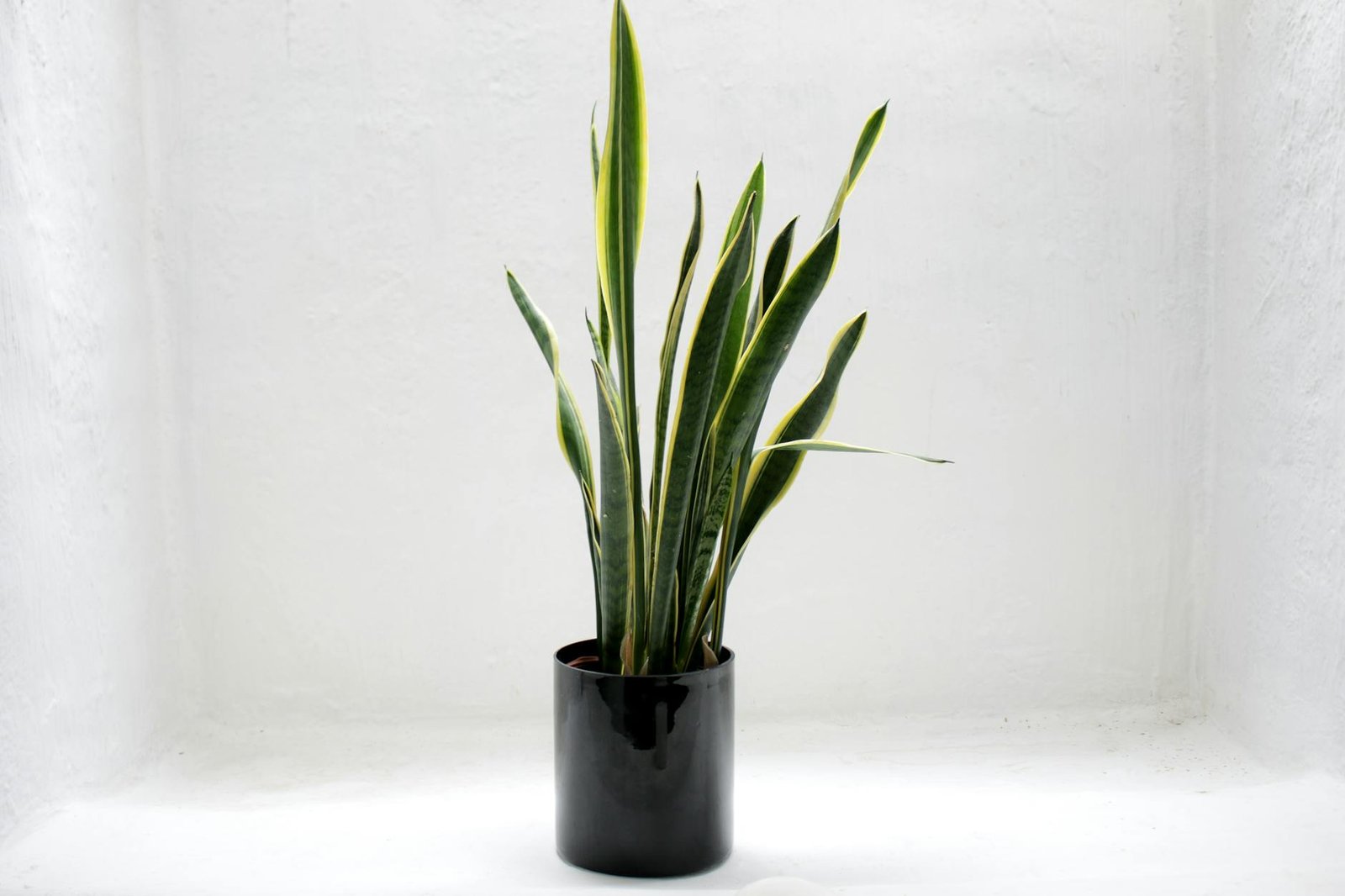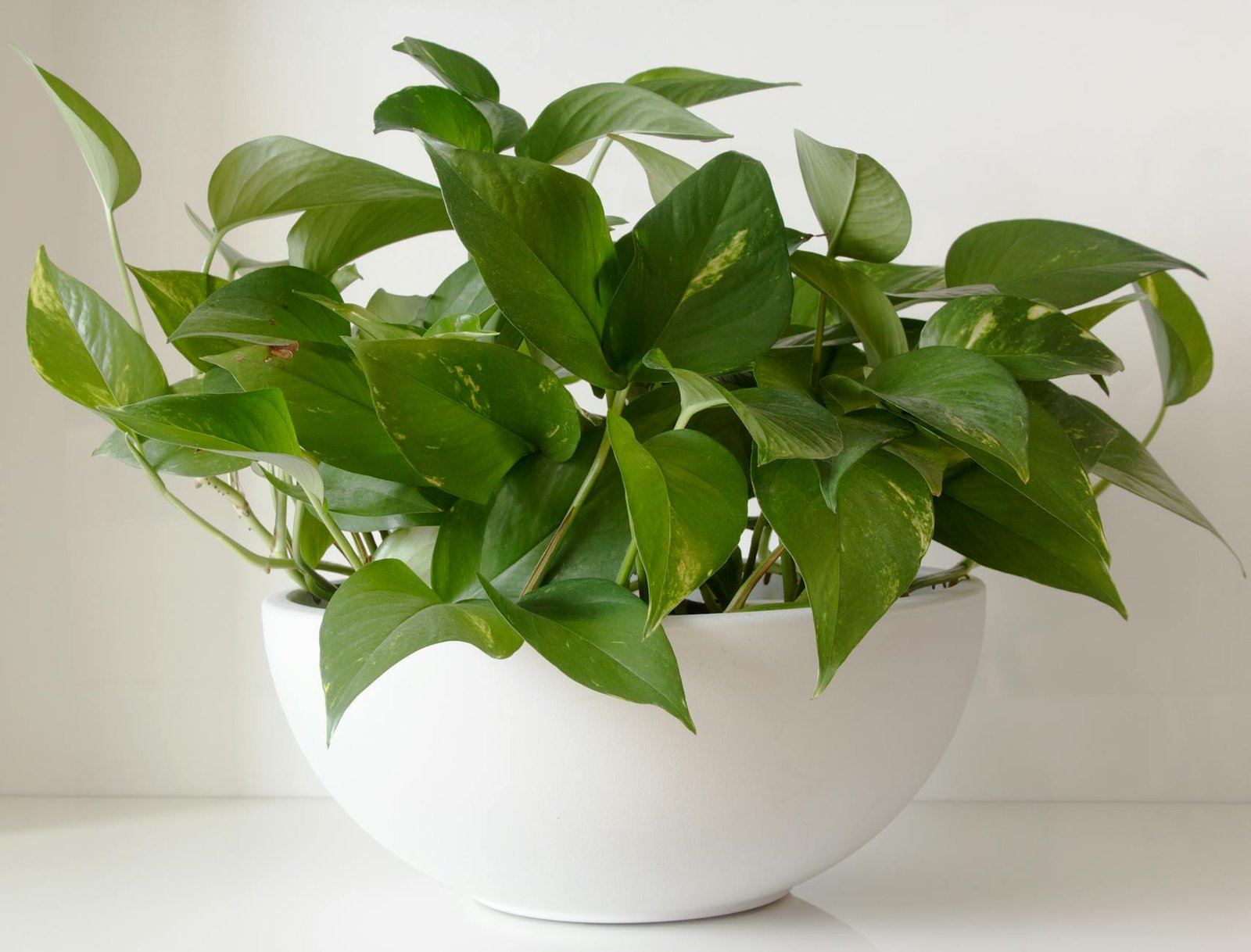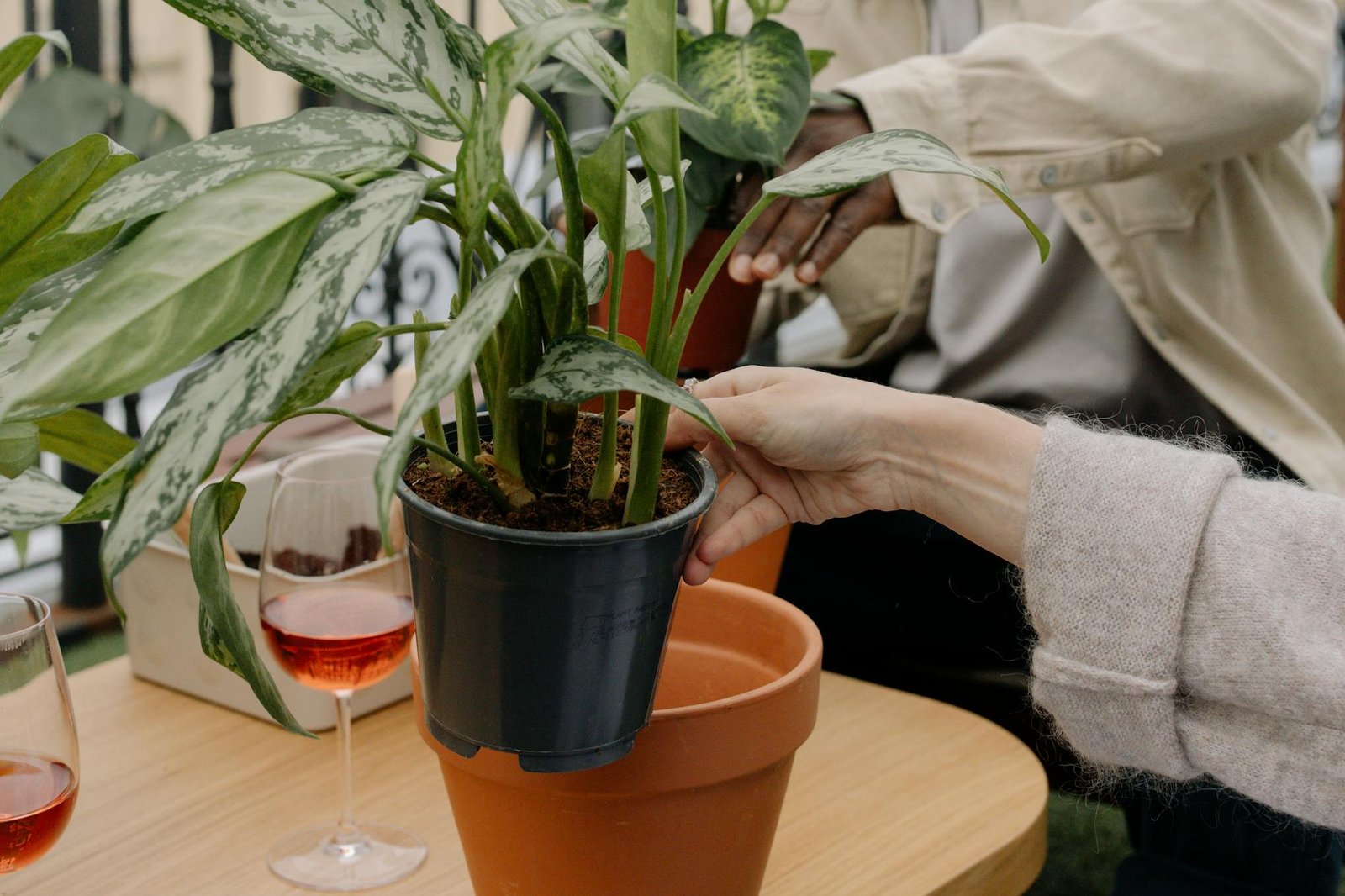- Your cart is empty
- Continue shopping

Did you know that certain indoor plants can significantly boost oxygen levels and improve air quality in your home? These oxygen-producing plants are excellent at taking in carbon dioxide and releasing oxygen through photosynthesis. Scientific studies show that houseplants not only purify the air by removing toxins but also add humidity, which can enhance your overall health. Here are the top oxygen-generating indoor plants to freshen up the air in your living spaces, along with detailed care tips and additional benefits.
Areca Palm (Dypsis lutescens)
This lush, green Areca Palm is one of the best air-purifying plants. It releases a significant amount of oxygen and removes toxins like formaldehyde, xylene, and toluene from the air. The Areca Palm also adds moisture to the air, improving indoor humidity.

Care Tips:
Light: Prefers bright, indirect light.
Water: Keep the soil consistently moist, but not waterlogged.
Soil: Use a well-draining potting mix.
Additional Benefits:
Enhances indoor humidity.
Adds a tropical feel to your home decor.
Snake Plant (Sansevieria trifasciata)
Also known as mother-in-law’s tongue, the Snake Plant is perfect for the bedroom because it releases oxygen at night. It’s great at removing toxins like benzene, formaldehyde, trichloroethylene, and xylene, making it an ideal choice for night-time air purification.

Care Tips:
Light: Snake plants should be kept in bright light but as an indoor plant you can place in indirect light places.
Water: Water should be given regularly so that plants don’t dry out.
Soil: Use a well-draining mix specifically designed for cacti or succulents.
Additional Benefits:
Deficient maintenance.
Snake plants can grow in varied environmental situations.
Light: Favors bright, indirect light but can withstand low light conditions.
Water: Water when the top inch of soil dries out.
Money Plant (Epipremnum aureum)
The Money Plant, also known as the Golden Pothos, is thought to bring good luck, but it also absorbs pollutants like benzene, formaldehyde, xylene, and toluene while releasing fresh oxygen. It’s easy to care for and can thrive in different indoor conditions. The Money Plant varieties stand as excellent oxygen-producing plants, contributing to a healthier indoor environment while also adding aesthetic value to your home decor.

Care Tips:
Light: Bright Light is the best option but can survive in low light too.
Water: Water only when you think that the top soil is dry.
Soil: Use a well-draining potting mix.
Additional Benefits:
Adds greenery to your space.
Easy to propagate and share with friends.
Gerbera Daisy (Gerbera jamesonii)
These bright, cheerful Gerbera Daisies are not just pretty – they remove benzene from the air and provide healthy oxygen. Gerbera daisies are great at absorbing carbon dioxide and releasing oxygen at night, making them perfect for bedrooms.

Care Tips:
Light: Requires bright, direct light.
Water: Keep the soil consistently moist, but not waterlogged.
Soil: Use a rich, well-draining potting mix.
Additional Benefits:
Adds vibrant color to your home.
Boosts mood with its cheerful appearance.
Chinese Evergreen (Aglaonema)
The Chinese Evergreen is tough and long-lasting, and very good at generating oxygen through photosynthesis. It removes pollutants like formaldehyde and benzene, and can thrive in low-light conditions.

Care Tips:
Light: Thrives in low to medium light.
Water: Water thoroughly, allowing the top inch of soil to dry out between waterings.
Soil: Use a well-draining potting mix.
Additional Benefits:
Ideal for low-light areas.
Requires minimal maintenance.
Bamboo Palm (Chamaedorea seifrizii)
This hardy Bamboo Palm needs little maintenance but works hard to refresh the air with more oxygen. The Bamboo Palm is great at removing formaldehyde, benzene, and trichloroethylene.

Care Tips:
Light: Thrives in bright, indirect light but can adapt to low light.
Water: Keep the soil evenly moist.
Soil: Use a well-draining potting mix.
Additional Benefits:
Adds a tropical touch to your decor.
Effective in improving indoor air quality.
Succulents (Various Species)
Many succulents like Jade Plant (Crassula ovata), Kalanchoe (Kalanchoe blossfeldiana), and Hens and Chicks (Sempervivum) are excellent air purifiers and oxygen providers. Succulents not only beautify your indoor spaces with their unique shapes and colors but also serve as efficient oxygen-producing plants, making them a perfect choice for those seeking both style and functionality in their home environment.

Care Tips:
Light: Require bright, direct light.
Water: Water sparingly; allow soil to dry out completely between waterings.
Soil: Well drained soil is the best for this plant.
Additional Benefits:
Low maintenance and drought-tolerant.
Gives your home a touch of sophistication.
Aloe Vera (Aloe barbadensis miller)
Besides its healing gel, Aloe Vera releases oxygen at night and absorbs toxins from cleaning products and paints like formaldehyde and benzene. This makes it great for kitchens and bedrooms.

Care Tips:
Light: Prefers bright, indirect light.
Water: Water deeply but infrequently; allow soil to dry out between waterings.
Soil: Use well prepared soil with fertilizer and organic manure.
Additional Benefits:
Provides medicinal benefits with its gel.
Very easy to care for.
English Ivy (Hedera helix)
This classic climbing vine removes airborne mold and adds fresh oxygen to a room. English Ivy is good at reducing mold spores in the air, helping those with allergies or asthma.

Care Tips:
Light: Make sure to place in bright light conditions
Water: Keep the soil consistently moist.
Soil: Use a rich, well-draining potting mix.
Additional Benefits:
Versatile; can be grown in pots or as a hanging plant.
Effective at improving air quality in bathrooms.
Chrysanthemum (Chrysanthemum morifolium)
Not only are chrysanthemums beautiful, but they also rank highly for air purification and oxygen production. They remove common toxins such as ammonia, formaldehyde, benzene, and xylene.

Care Tips:
Light: Requires bright, indirect light.
Water: Keep the soil consistently moist.
Soil: Use a well-draining potting mix.
Additional Benefits:
Adds vibrant color to your home.
Helps purify indoor air.
Comparison with Other Air Purification Methods:
While electric air purifiers are effective, they can be expensive and consume energy. Indoor plants, on the other hand, are a natural and sustainable way to improve indoor air quality. They not only purify the air but also add beauty and a sense of calm to your home.
Conclusion: Transform Your Home with Oxygen-Producing Plants
By adding a few of these top oxygen-producing plants to your home, you can breathe easier and create a healthier living environment for you and your family. Start enjoying the benefits of these natural air purifiers today!
